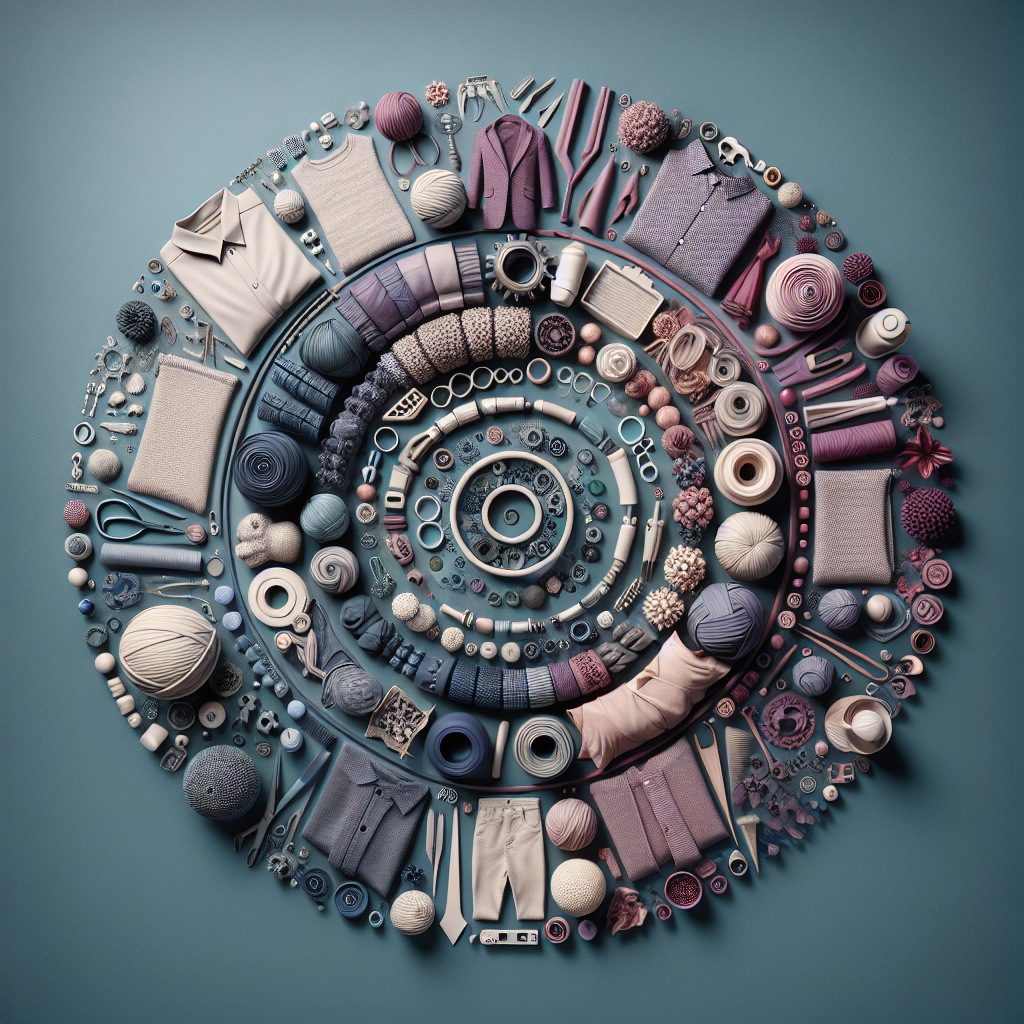Embracing Circular Fashion: A Sustainable Choice for Professionals
- Malti Bharat

- Sep 1, 2024
- 2 min read
In a world where trends change as quickly as the seasons, the fashion industry stands at the crossroads of style and sustainability. The concept of Circular Fashion has been gaining momentum, offering a groundbreaking approach that intertwines elegance with environmental consciousness. For professionals navigating the realm of fashion, understanding the impact and significance of circular fashion is not just a choice but a responsibility.
What is Circular Fashion?
At its core, circular fashion revolves around the principles of reducing, reusing, and recycling within the fashion ecosystem. Instead of the traditional linear model of 'take-make-dispose,' circular fashion embraces a cyclical process where materials are repurposed and garments are designed to have a longer lifespan. By adopting circular practices, the industry aims to minimize waste generation, lower carbon emissions, and promote sustainability.

The Impact of Circular Fashion
Environmental Benefits
One of the key advantages of circular fashion is its positive impact on the environment. By reducing the demand for new raw materials and diverting textile waste from landfills, circular fashion significantly lowers the industry's carbon footprint. Professionals can play a pivotal role in supporting this shift towards sustainability by choosing brands that prioritize eco-friendly practices and promote circularity.
Economic Opportunities
Beyond its environmental implications, circular fashion presents a host of economic opportunities. From innovative business models to collaborations with local artisans, professionals can explore various avenues within the circular fashion space. Investing in high-quality, timeless pieces and participating in clothing swaps or rental services are simple yet effective ways to contribute to a more sustainable fashion industry.
Social Responsibility
Circular fashion is not just about clothes; it's about values and ethics. By opting for brands that prioritize fair wages, safe working conditions, and ethical sourcing, professionals can align their fashion choices with their social consciousness. Supporting transparency and accountability in the supply chain is crucial for fostering a culture of responsibility within the industry.
How to Embrace Circular Fashion
1. Mindful Consumption
As professionals, it's essential to approach fashion with a mindful mindset. Before making a purchase, consider the longevity and versatility of the garment. Opt for timeless styles that can be effortlessly integrated into your wardrobe, reducing the need for frequent replacements.
2. Upcycling and Repurposing
Get creative with your fashion choices by exploring the world of upcycling and repurposing. Transform old garments into new creations, mix and match pieces to create unique ensembles, and breathe new life into forgotten treasures. Embracing DIY projects and customizations can add a personal touch to your wardrobe while reducing waste.
3. Supporting Sustainable Brands
Research and support brands that prioritize sustainability and circularity. Look for certifications, such as B Corp or Fair Trade, that indicate a commitment to ethical and environmentally conscious practices. By investing in brands that align with your values, you can drive positive change within the industry.
Closing Thoughts
In a fast-paced industry driven by trends, circular fashion emerges as a beacon of hope for a more sustainable future. As professionals, each fashion choice we make has the power to shape the industry's trajectory towards sustainability. By embracing circular fashion principles and advocating for change, we can redefine the narrative of fashion as a force for good.
Let's walk confidently towards a more sustainable future, one circular step at a time.
Keywords: circular fashion, sustainable fashion, professionals.
.png)


Comments